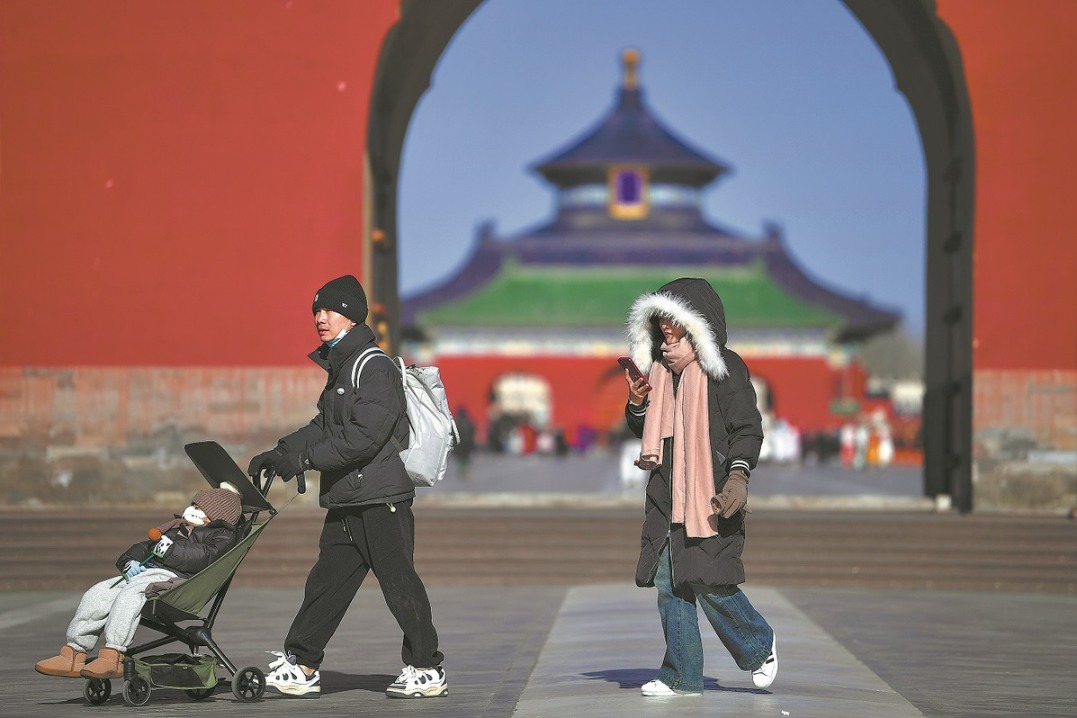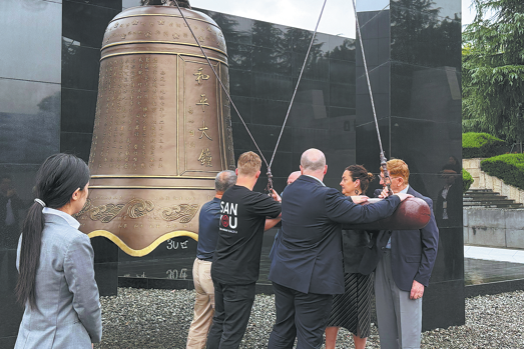Museum freezes East Africa's railway history
From colonial past to modern projects, stories of the locomotive roll onward
By OTIATO OPALI in Nairobi, Kenya | China Daily | Updated: 2021-10-05 10:19

Time stands still
In this museum where time seems to have stood still for decades, the story of the struggles involved in building the railway line from the port of Mombasa into the Ugandan heartland is well preserved. One such story that has fascinated the whole world is the story of the man-eating lions of Tsavo that almost brought the railway construction to a standstill.
After leaving Mombasa, the rail had to cross the Tsavo Plain. As the line progressed, man-eating lions held up the construction. They attacked the construction camp and killed several workers.
"Charles Ryall, a colonial engineer and administrator was dragged to his death at Kima Station on June 6, 1900, by these marauding lions. He intended to lure the lion into a carriage with the aim of killing it," Randiga explains.
"He had stationed lookouts at the back of the carriage and left the door and windows ajar. Unfortunately, they all fell asleep and did not hear the lion enter the carriage and drag Ryall to his death."
The Kenya-Uganda railway line, which was nicknamed the Lunatic Express by its British constructors because of its high cost and the dangers faced by those constructing it, is believed to have cost more than 2,500 lives through tropical diseases, murderous heat, and the man-eating lions. Randiga says that it is estimated that four workers died for each mile of the 931-kilometer railway line.
Another important bit of East African history captured at the Nairobi Railway Museum is the arrival of Asians, especially Indians in East Africa. Most of the skilled and unskilled labor used in the construction of the railway line was imported from India and many of them remained after their contracts ended. This marked the establishment of the Asian community in Uganda and Kenya which thrives to this day.
























